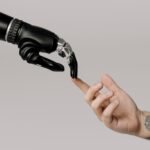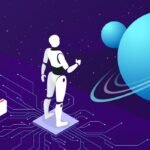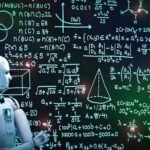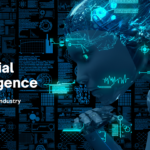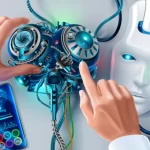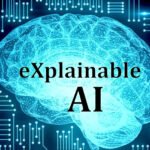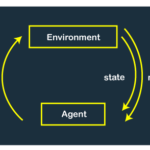Microsoft Introduces Free AI Training Program Along with Professional Certificate
Microsoft and LinkedIn have joined forces to address the increasing demand for AI skills in the workforce. Microsoft’s AI Skills Initiative, available through LinkedIn Learning, aims to provide people with the knowledge and tools necessary to harness AI technology effectively. The initiative emphasizes the importance of using AI responsibly and ethically while acknowledging its potential to enhance work and life.
As part of the AI Skills Initiative, Microsoft is offering a free AI training course developed in collaboration with LinkedIn. The course offers an introduction to AI and covers responsible AI practices. Upon completion, participants will receive a professional certificate in generative AI from Microsoft, which they can showcase on their LinkedIn profiles. The training also includes additional resources such as a trainer toolkit for educators and an AI skills challenge on Microsoft Learn, focusing on essential AI skills using Microsoft technology. Microsoft has committed to providing free access to the coursework until 2025.
The need for AI skills in the job market is urgent, with companies prioritizing AI skills in their training programs, according to the World Economic Forum. While many individuals desire AI to handle more of their workload, there is also concern about job displacement. The AI Skills Initiative aims to address this by equipping workers with the knowledge and experience to leverage AI technologies effectively.
Microsoft’s AI Skills Initiative builds upon the success of its Skills for Jobs program, which has helped millions of people worldwide find new careers in high-demand fields like cybersecurity. This initiative represents the next step in Microsoft’s commitment to empowering individuals with the skills needed for the future workforce. Through innovation and partnerships, Microsoft strives to drive further advancements in the field of AI and ensure that individuals are prepared for the opportunities and challenges it presents.
















